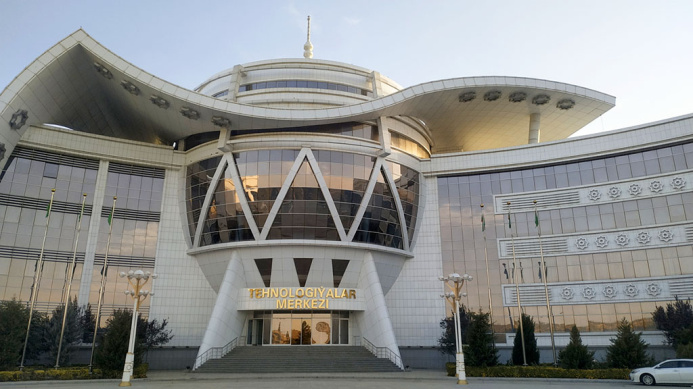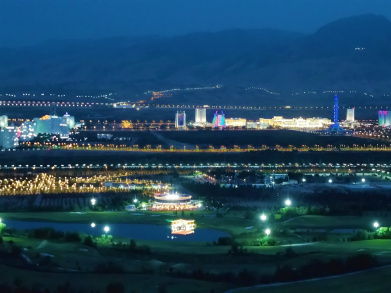Excursion to the Center of Technologies of Turkmenistan. Oh, how many wonderful discoveries we have...
17.10.2021 | 18:25 |Going to the Center of Technologies of the Academy of Sciences of Turkmenistan, I could not imagine how many amazing discoveries await me. More than once the well-known lines of Pushkin were ready to fly from my lips that "spirit and experience are preparing for us enlightenment"...
I had to be surprised from the very first minutes of my stay in this already impressive building - the "galactic" design makes it look like a ship in the Universe of knowledge.
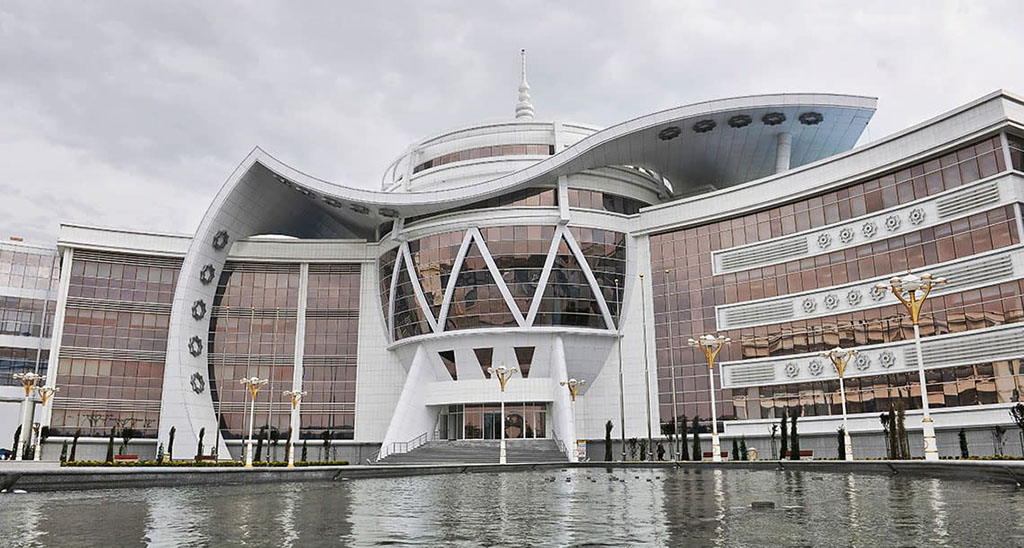
The center was opened seven years ago in order to implement the scientific, technical and innovation policy of Turkmenistan, create and introduce competitive, energy-saving and environmentally friendly high technologies and inventions into production.
I want to make a reservation right away that it is not possible to pass round the entire territory of the technocenter in one day, because it covers an area of more than 70 thousand square meters.
In addition to the main six-storey office building, there are also wind and solar installations, buildings for renewable energy sources, information and communication technologies, a design office, many research laboratories, as well as business centers, exhibition grounds and many, many other objects.
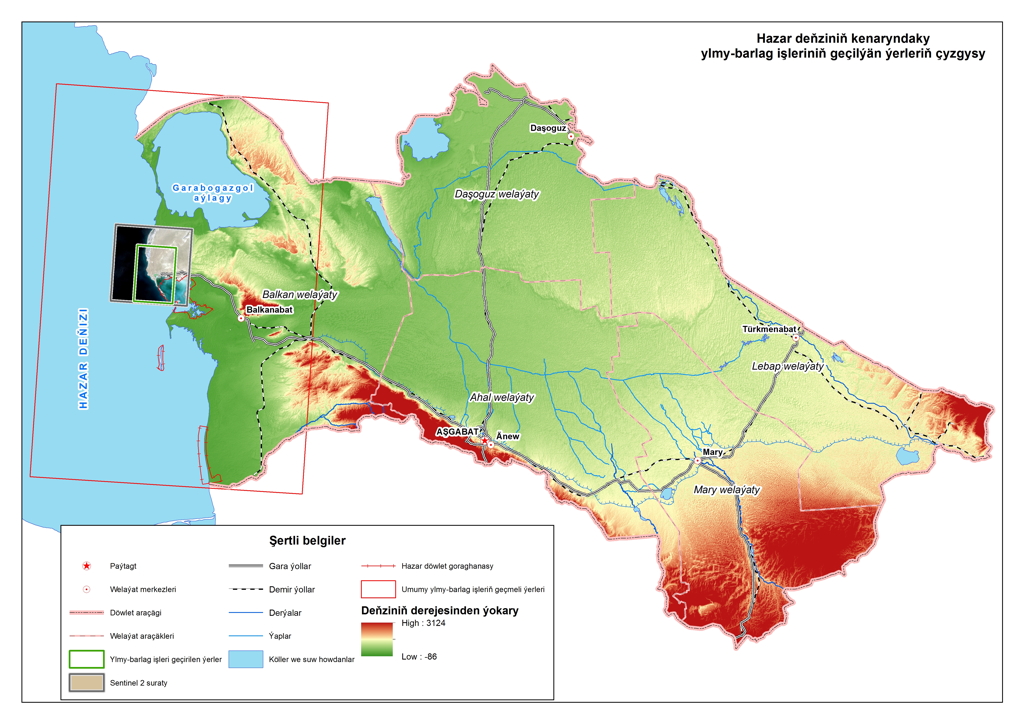
1. Laboratory of Geoinformation Technologies (GIT)
So, I'll start in order. And it is such that having taken the go-ahead from the administration of the Center of Technologies to collect material for a series of publications about the activities of its employees and their scientific discoveries, I immediately came under the care of my “guide” - the head of the laboratory of geoinformation systems Serdar Rozyev.
– Tell us about your laboratory, what projects are the specialists working on now? What inventions can you boast of right now?
– One of the activities of our laboratory is associated with the development of methods for conducting satellite monitoring in the agricultural industry. The purpose of this study is to learn how to identify unfavorable conditions for plant growth and disruption of their normal development.
– Can you explain this process as simply as possible?
– Of course! We diagnose crop health based on high-resolution satellite images. The Earth's surface is being studied by hundreds of research satellites. The images obtained during their work are an essential resource for scientific research in various fields.
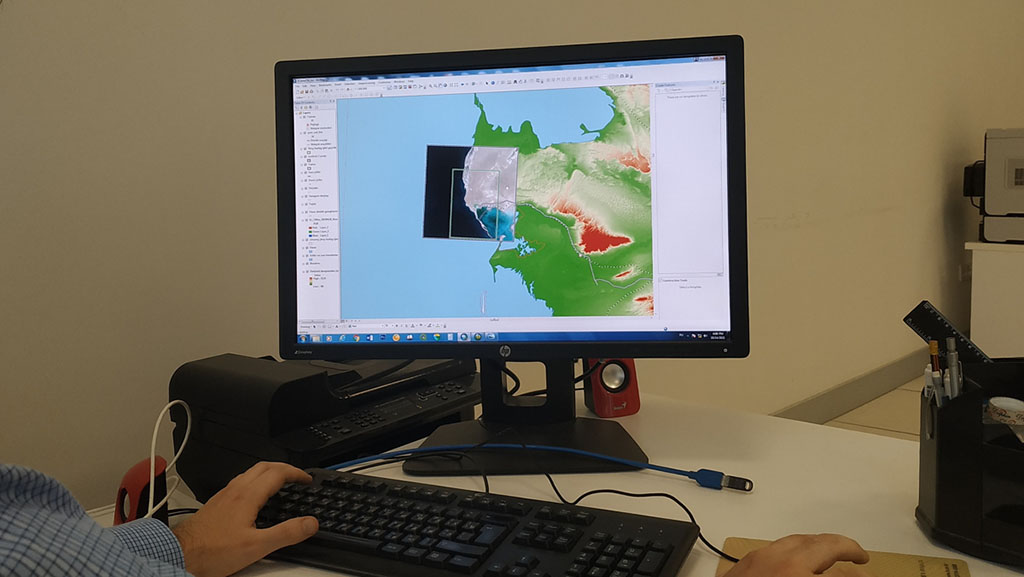
– How will this technique help an agronomist or farmer to solve his problems?
– Among the main advantages of this approach is timely information about the state of soils, uniformity of crops, and the stress state of plants. Prompt detection of problem areas of the field that require reseeding or fertilization.
The information obtained can also be used to assess the suitability of land, develop a plan for reclamation measures, and, most importantly, to assess the potential yield. It turns out that the use of satellite data in agriculture leads to better results and reduced labor costs, and, as a result, growing income.
As you can see in the illustrations below, the GIT laboratory specialists analyzed the main representatives of the pasture vegetation of Turkmenistan on the territory of the Caspian lowland, as a result of which they revealed that 2019 was more than three times more productive than 2020.
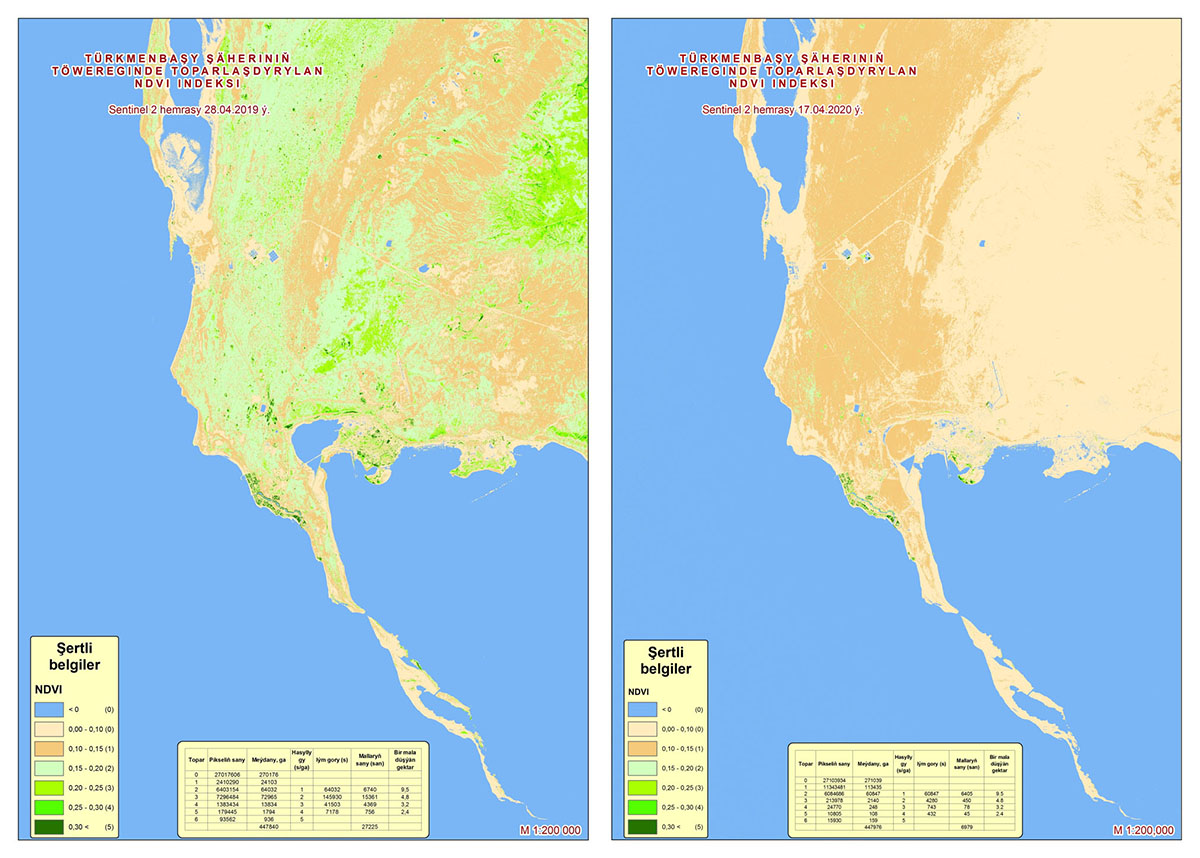
Spectral characteristics of vegetation and soils in the Caspian lowland zone.
Satellite monitoring may seem like something incomprehensible, inaccessible and unnecessary today, but, in fact, the future belongs to it. So far, only 10–20% of the world's farmers use these technologies. There is reason to believe that it is precisely "precision farming" with the help of observation from orbit that will take the leading positions in the near future.
Bottom Line: If you want to use fewer resources, grow more high-quality crops and increase your income, take a look at satellite monitoring. It will help you achieve these results!
P.S. Going to the Center of Technologies of the Academy of Sciences of Turkmenistan, I could not imagine how many interesting discoveries await me here. For example, in the field of recycling.
But this is already our next topic ...
To be continued
George ASLANYAN

